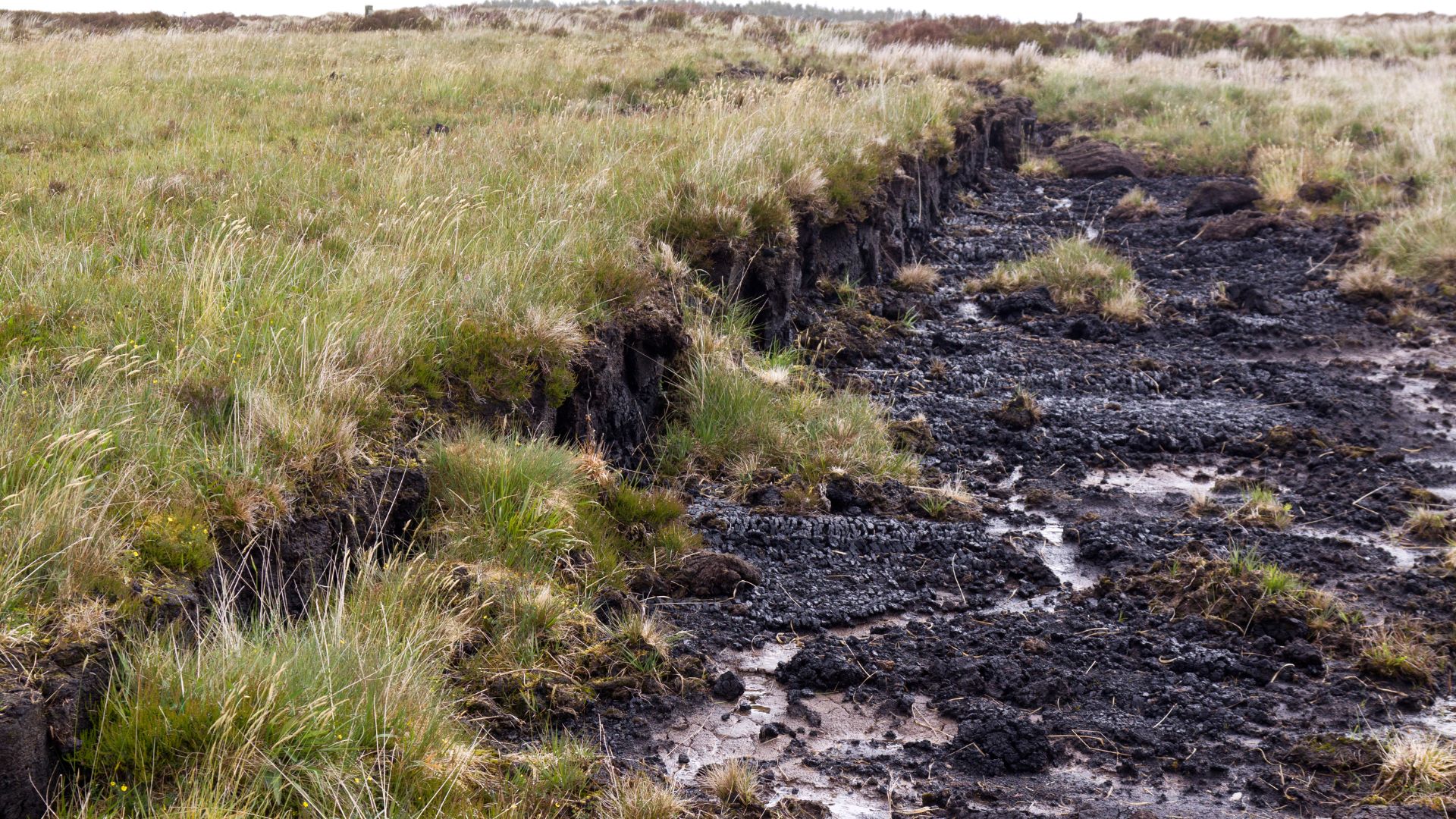AUGUST 11, 2025

The Cyclic World—Mechanism for a Comeback of Natural Cycles in the North is an initiative to establish a network of restoration hubs across the Circumpolar North to protect and restore northern peatlands that have been dismissed as wastelands for centuries. Launched by Tero Mustonen (Awardee 2024) through the Climate Breakthrough Award program, the initiative aims to transform how the world views and manages these critical ecosystems, positioning them as essential infrastructure for planetary survival rather than obstacles to development.
The Challenge
The assault on northern peatlands spans centuries of industrial development. These landscapes have been systematically degraded through forestry operations, mining, agricultural drainage, hydropower projects, and river diversions. What makes this destruction particularly devastating is the cascade effect: once a peatland is drained, it transforms from a carbon sink into a carbon source, releasing stored carbon that took millennia to accumulate.
The modern threats are equally concerning. Wind power developments, ironically part of the “green transition,” are fragmenting intact peatlands. Mining operations continue to target these carbon-rich landscapes. Most ominously, climate change itself is destabilizing northern peatlands through permafrost thaw and altered precipitation patterns, potentially triggering massive carbon releases that could accelerate global warming beyond critical tipping points.
The challenge extends beyond environmental degradation to governance failures. Traditional top-down resource management treats peatlands as commodities to be exploited rather than ecosystems to be protected. This extractive mindset has systematically marginalized Indigenous communities who have successfully stewarded these lands for thousands of years, maintaining the delicate balance that keeps carbon locked underground.
The Initiative
The Cyclic World’s approach is revolutionary in its simplicity: work with nature instead of against it, and trust Indigenous communities to lead conservation efforts on their traditional territories. The initiative aims to establish several pilot restoration hubs across key biogeographical hotspots, each adapted to local conditions but sharing core principles of community-led governance and ecosystem restoration.
Each hub will function as both a demonstration site and a knowledge center. The restoration work builds on proven methods developed in Finland by Tero’s Snowchange Cooperative since the early 2000s, where 55,000 hectares across over 100 sites have been successfully restored. Crucially, the initiative embraces Indigenous and Community-Conserved Areas (ICCAs) as the governance model for restored sites. This approach recognizes that Indigenous peoples have successfully preserved most of Earth’s remaining biodiversity and that community-led conservation consistently outperforms top-down management approaches.
A creative communications campaign involving artists, filmmakers, and journalists will work to shift global perceptions of peatlands from “wastelands” to living landscapes with profound ecological and cultural significance. This cultural transformation is essential for long-term protection.
The Vision
Cyclic World envisions protecting and restoring 10 million hectares of peatlands across major landscapes that would otherwise be vulnerable to development. The carbon benefits alone would be staggering. Early calculations suggest that restoring just 1,200 hectares in Finnish Lapland could prevent roughly 10 million tonnes of CO2 emissions while reestablishing the peatlands’ capacity for ongoing carbon drawdown.
The initiative’s impact extends far beyond carbon storage. Restored peatlands provide natural flood control, support biodiversity including critical habitat for woodland caribou, regulate water cycles, and maintain the cooling function that helps stabilize regional and global climate patterns.
Perhaps most importantly, Cyclic World represents a fundamental shift in how humanity relates to northern ecosystems. Their success could catalyze similar initiatives worldwide, from the Wet Tropics of Australia to Indonesian peatlands. As the climate crisis intensifies, the world desperately needs scalable solutions that work with natural systems rather than against them.

